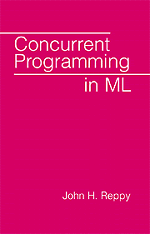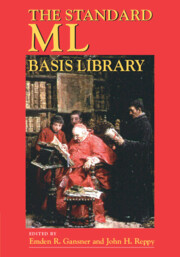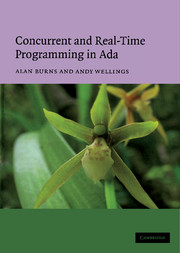Concurrent Programming in ML
Concurrent Programming in ML focuses on the practical use of concurrency to implement naturally concurrent applications. In addition to a tutorial introduction to programming in Concurrent ML (CML), the book presents three extended examples using CML for practical systems programming: a parallel software build system, a simple concurrent window manager, and an implementation of distributed tuple spaces. CML, which is included as part of the SML of New Jersey (SML/NJ) distribution, combines the best features of concurrent programming and functional programming. This book also illustrates advanced SML programming techniques, and includes a chapter on the implementation of concurrency using features provided by the SML/NJ system. It will be of interest to programmers, students, and professional researchers working in computer language development.
- Designed for self-study
- Presents extended examples of complete applications, in particular a Windows system
- Includes formal semantics of CML and CML tutorial and reference manual
Product details
December 1999Hardback
9780521480895
326 pages
254 × 178 × 19 mm
0.72kg
41 b/w illus. 3 tables
Available
Table of Contents
- 1. Introduction
- 2. Concepts in concurrent programming
- 3. An introduction to Concurrent ML
- 4. CML programming techniques
- 5. Synchronization and communication mechanisms
- 6. The rationale for CML
- 7. A software build system
- 8. A concurrent window system
- 9. A CML implementation of Linda
- 10. Implementing concurrency in SML/NJ
- Appendix 1. CML reference manual
- Appendix 2. The semantics of CML.




